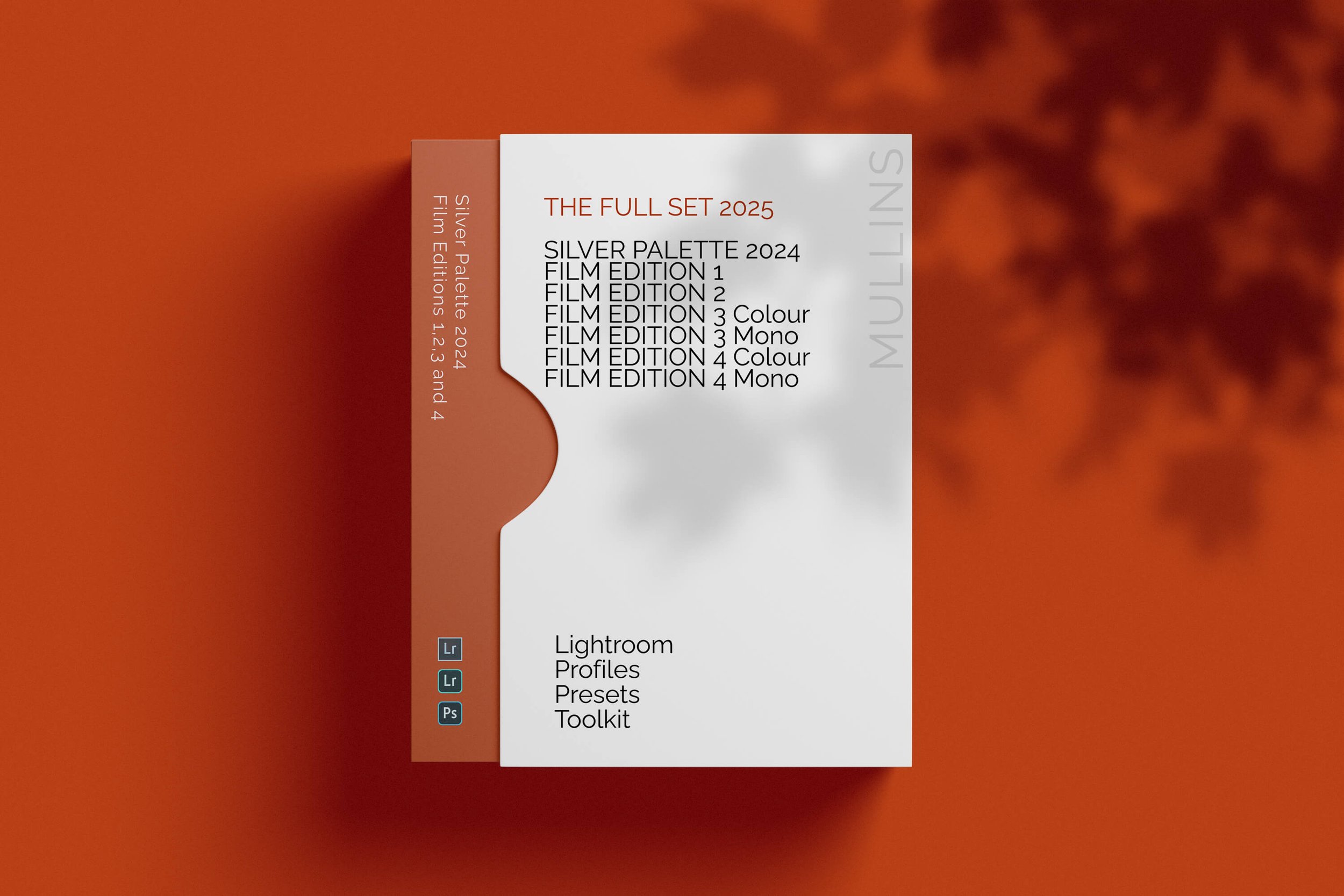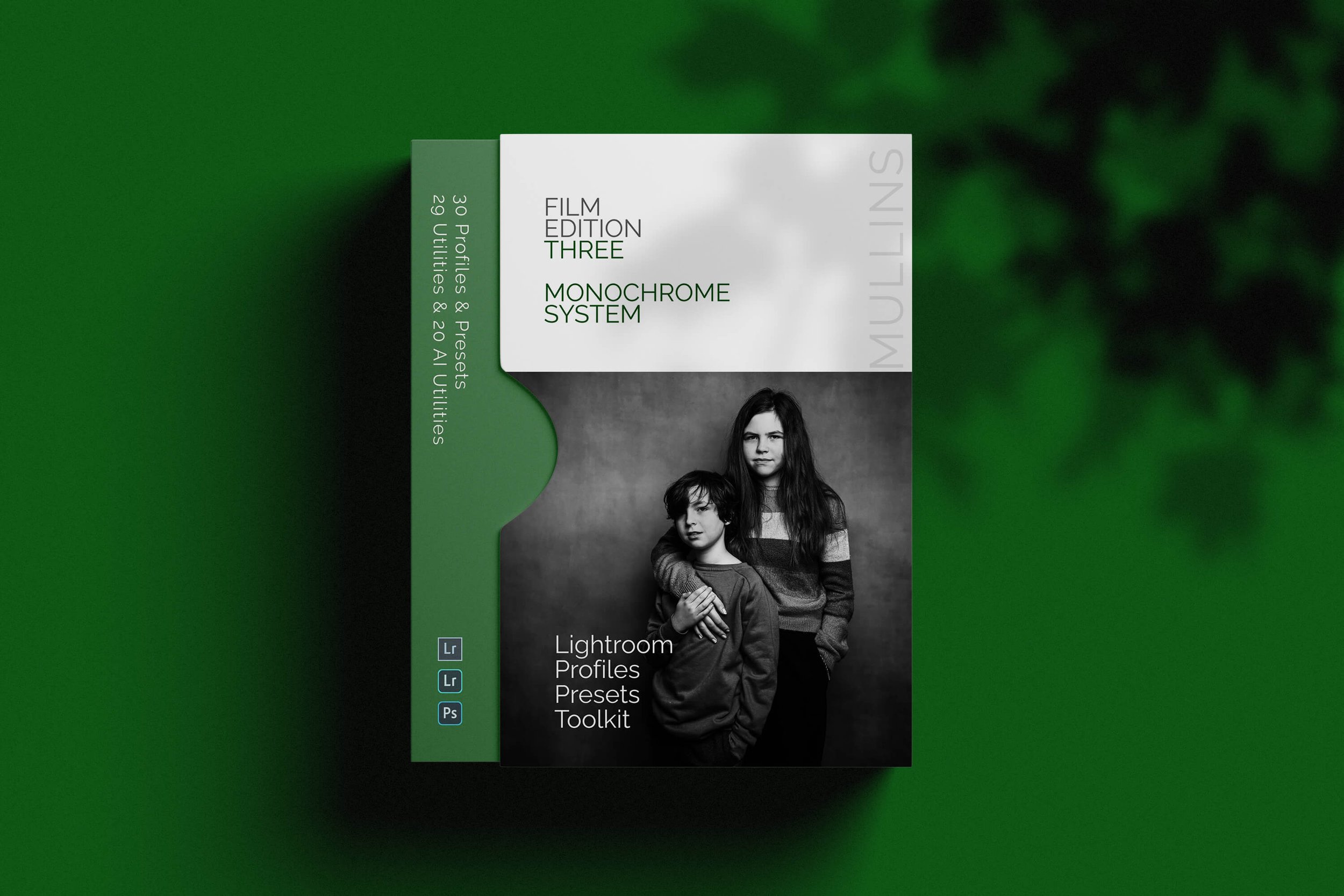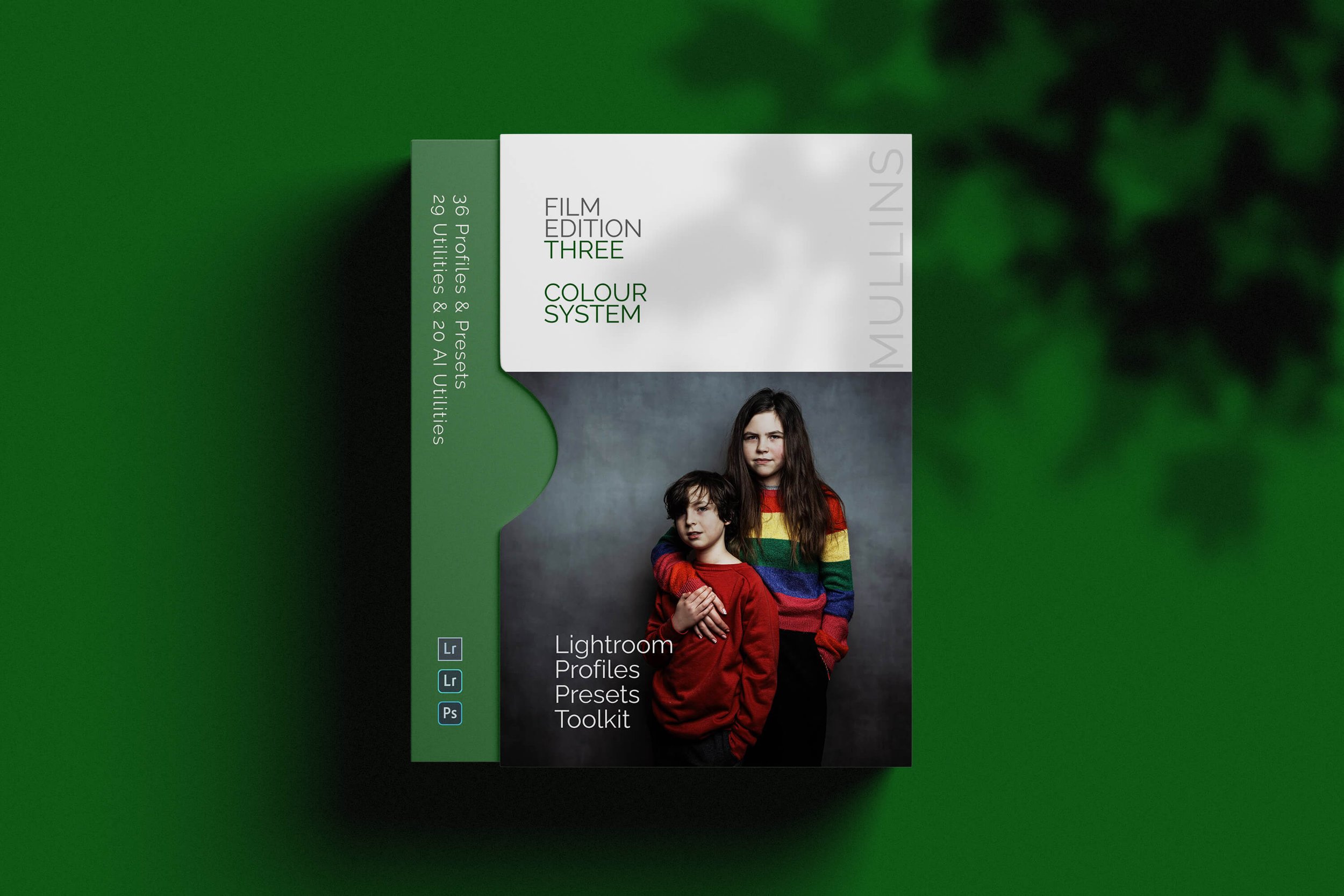Film Recipe - Documentary Monochrome (Acros+Ye)
The Documentary Monochrome Fujifilm JPEG recipe is tailored for photojournalists and storytellers, enhancing the natural, subdued tones and textures in your images.
Documentary Monochrome: Monochrome Film Simulation Recipe
Documentary Monochrome
Not every image needs to shout. Documentary Monochrome is for the quieter moments—images with space to breathe, where meaning builds through light, gesture, and time. It’s designed for storytellers. People who observe. Who notice the smaller things and find weight in them.
This is the kind of recipe I’d reach for on a slow walk through the city, or when spending time with a subject—someone whose face holds a story, even in stillness. It doesn’t overcook the contrast. It doesn’t chase drama. Instead, it balances depth with softness, letting the emotion in the scene come through without too much interference.
There’s a little warmth in the white balance to keep things feeling human. A modest grain. Just enough sharpness to pull detail from texture—hands, faces, fabric, surfaces—but not so much it distracts.
Fujifilm JPEG Settings:
Film Simulation: Acros+Ye
Grain Effect: Weak/Small
White Balance Shift: R:+2 B:-1
Highlights: -1
Shadows: +2
Sharpness: +2
High ISO NR: 0
Clarity: 0
Settings Explanation:
ACROS+Ye gives you that timeless documentary look with a bit of help in the skies and skin tones. It’s softer than the red filter but still holds a nice, clear structure.
Grain Effect: Weak / Small keeps things subtle. You’ll see a touch of texture, but nothing overwhelming. It’s more about feel than effect.
White Balance Shift R:+2 / B:-1 brings a hint of warmth. It’s not dramatic, but it helps give the image a more organic, slightly human touch. Especially useful when photographing people.
Highlight Tone -1 dials back the brightness a bit, helping to retain detail in light areas. Useful when you’re working in bright sun or reflective surfaces.
Shadow Tone +2 adds just enough depth. It’s not crushing the blacks—it’s shaping them.
Sharpness +2 is deliberate here. Documentary work often relies on detail to carry meaning. The boost ensures subtle elements—expressions, small gestures—don’t get lost.
High ISO NR and Clarity at 0 keep things neutral. Clean, balanced, and ready to let the subject do the talking.
Artistic Reasoning:
This is the recipe I’d hand to anyone going out to tell a story. Whether it’s a street scene, a quiet portrait, or just everyday moments that feel like more, Documentary Monochrome steps back and lets the subject come forward.
It works well in soft or overcast light, but holds up in bright conditions too—thanks to the reduced highlight tone and gentle contrast. It’s not showy, but it’s reliable. And that’s often what good documentary photography needs.
Let it observe. Let it listen. Let it show something honest.
NOTE: Some settings may not be available on every Fujifilm Camera
Documentary Monochrome: Monochrome Film Simulation Recipe Film Simulation Recipe (Sample Images)










If you prefer Shooting RAW:
Those of you who prefer to shoot RAW and edit with the more advanced latitude this gives you may be interested in my current set of Professionally designed profile-based Lightroom and Adobe Camera Raw Presets.







